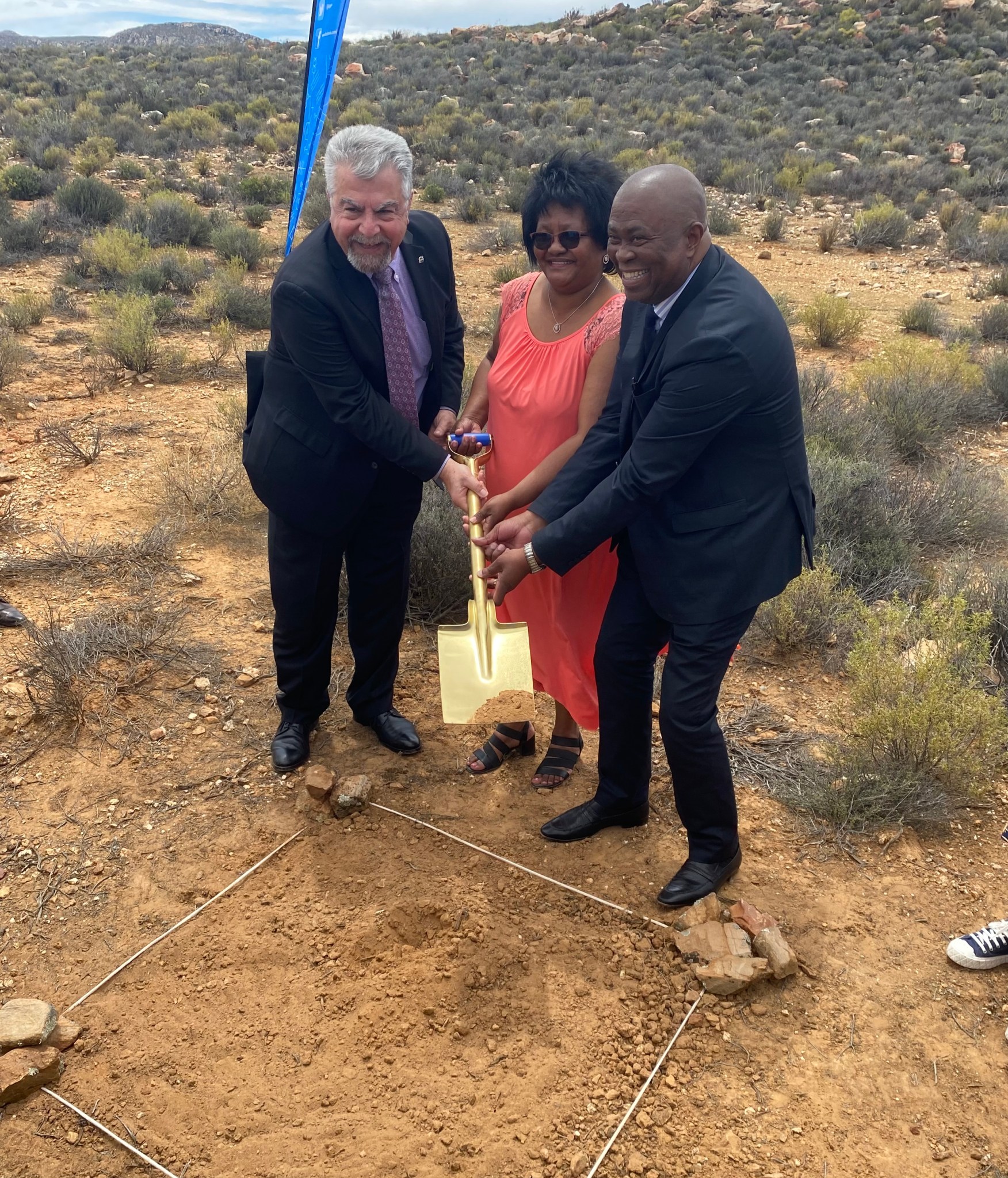NASA and the South African National Space Agency (SANSA) have renewed their partnership in lunar exploration with the groundbreaking of a new communications site that will support Artemis, including missions to return humans to the Moon and enable exploration beyond.
Badri Younes, deputy associate administrator and program manager for NASA’s Space Communications and Navigation (SCaN) program, joined with SANSA officials Nov. 8 in Matjiesfontein, South Africa, for a groundbreaking ceremony at the future site of a new Lunar Exploration Ground Sites (LEGS) antenna. The ceremony was preceded by the signing of a Joint Statement of Intent between NASA and the South African Department of Science and Innovation (DSI) to formalize their space exploration partnership.

Located approximately 150 miles (240 kilometers) northeast of Cape Town, Matjiesfontein will be one of three, 18- to 24-meter, LEGS communications antennas strategically placed around the globe to ensure near-continuous connectivity between Earth and astronauts aboard NASA’s Artemis spacecraft, as well as spacecraft in orbit around the Moon.
“Location, weather, and existing infrastructure make Matjiesfontein an ideal place to build an antenna,” said Younes. “Matjiesfontein ground station will alleviate increased demand for NASA’s Deep Space Network services, by providing critical enabling communications support to most elements of Artemis on and around the Moon.”
South Africa was home to a ground tracking station outside Johannesburg at Hartebeesthoek that played a role in NASA’s Apollo missions to the Moon in the 1960s. Artemis, named for Apollo’s twin sister in Greek mythology, includes missions to land the first woman and first person of color on the Moon, paving the way for long-term lunar exploration and serving as a steppingstone to send astronauts to Mars.
“We see this partnership as mutually beneficial,” said Dr. Phil Mjwara, DSI director general. “It allows us to expand our scientific knowledge of key challenges to astronaut health and safety such as space radiation, altered gravity fields, isolation and confinement, and closed environments.”
Matjiesfontein will join future LEGS facilities at NASA’s White Sands Complex in Las Cruces, New Mexico and a still-to-be-determined location in Australia. With LEGS stations in North America, South Africa, and Australia, the Moon will always be in Earth’s view to ensure essential, enhanced direct-to-Earth communications capabilities through NASA’s Near Space Network.
“We are pleased that this project has reached a significant milestone with the support of the Department of Science and Innovation, as well as the partnership of NASA,” said Tiaan Strydom, SANSA acting commercial services executive. “The Matjiesfontien ground station extends SANSA space capabilities and specialization, taking the agency a notch higher as a global player in space science and technology.”
“The Moon brought our nations together 60 years ago,” said Younes. “I’m pleased it’s doing it again, starting today.”


























